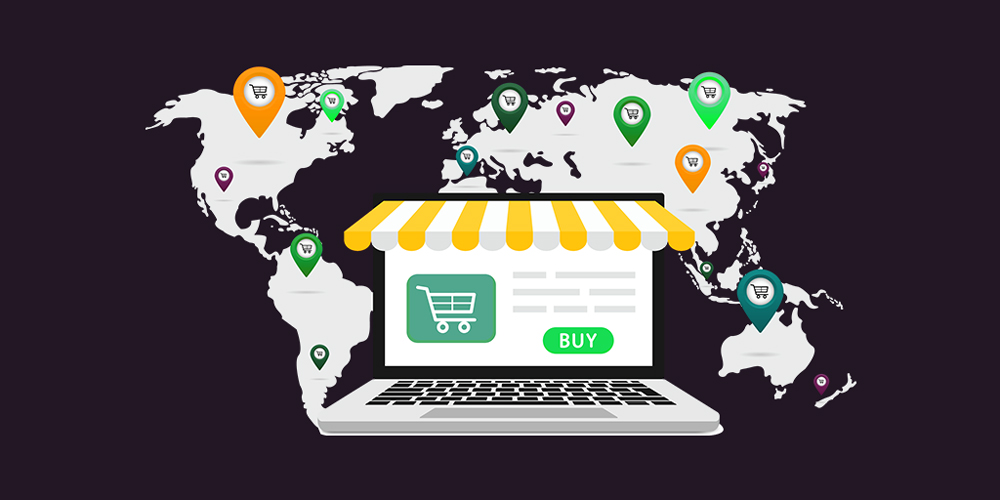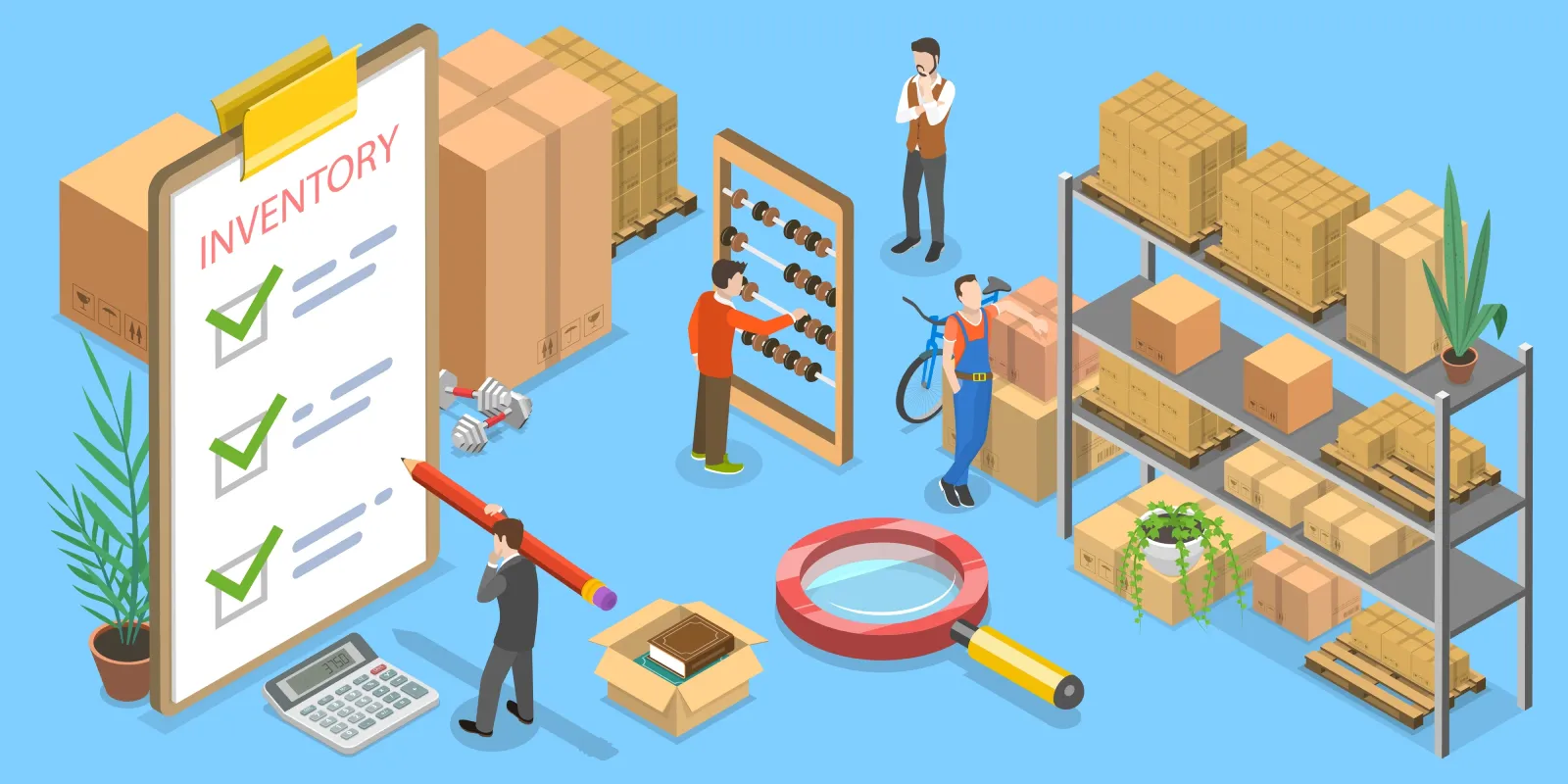Estrategias para reducir los gastos de envío del comercio electrónico transfronterizo
Comercio electrónico transfronterizo shipping costs are a major concern for online retailers. Between customs fees, international carriers, and unpredictable surcharges, expenses can quickly eat into profits. Yet, there are practical strategies to reduce these costs without compromising delivery speed or customer satisfaction. This article explores proven ways to lower international shipping expenses and enhance efficiency for global sellers, while highlighting how PostalParcel helps streamline cross-border logistics.
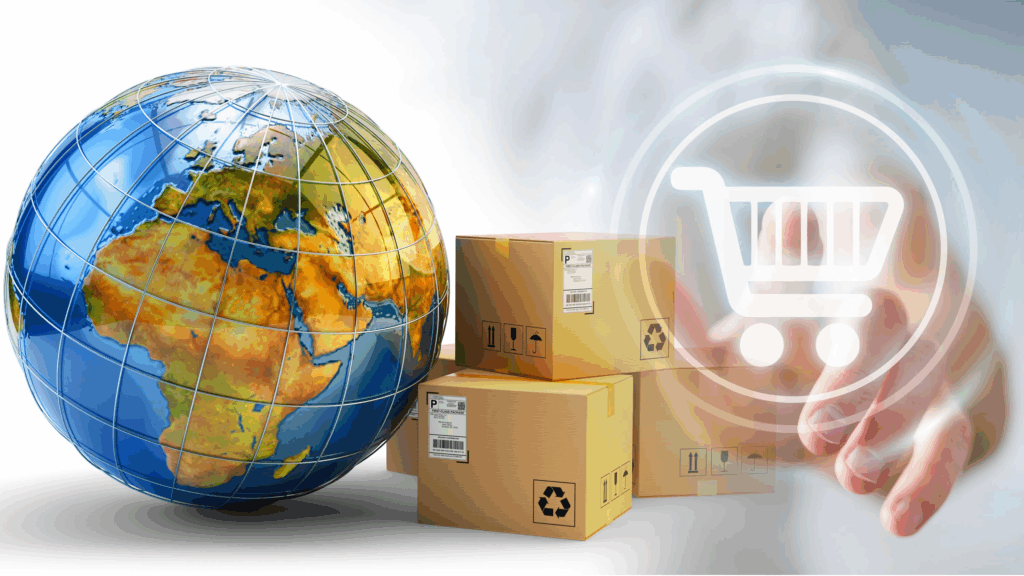
1. Understand the Key Drivers of Cross-Border Shipping Costs
Before cutting costs, businesses must understand what contributes to them. Envíos internacionales expenses typically include:
- Carrier base rates: Charges for distance, weight, and size.
- Customs duties and taxes: Country-specific import fees.
- Fuel surcharges: Fluctuate with oil prices.
- Handling fees: Costs related to packaging, sorting, and customs processing.
Knowing these elements helps identify where savings are possible.
2. Optimize Packaging to Reduce Weight and Dimensions
One of the simplest ways to reduce cross-border ecommerce shipping costs is by improving packaging efficiency.
2.1 Choose Lightweight Materials
Switch to corrugated cardboard or recyclable mailers that are sturdy but light. Many carriers charge by volumetric weight, not actual weight—meaning large boxes cost more even if they’re light.
2.2 Eliminate Excess Space
Custom-fit packaging keeps products safe and minimizes wasted volume. Reducing box size by even 10% can lead to noticeable savings across hundreds of shipments.
2.3 Consider Flat Packaging
For clothing, fabrics, or accessories, use flat packaging to fit more units per shipment and lower storage fees.
3. Use Technology for Multi-Carrier Rate Comparison
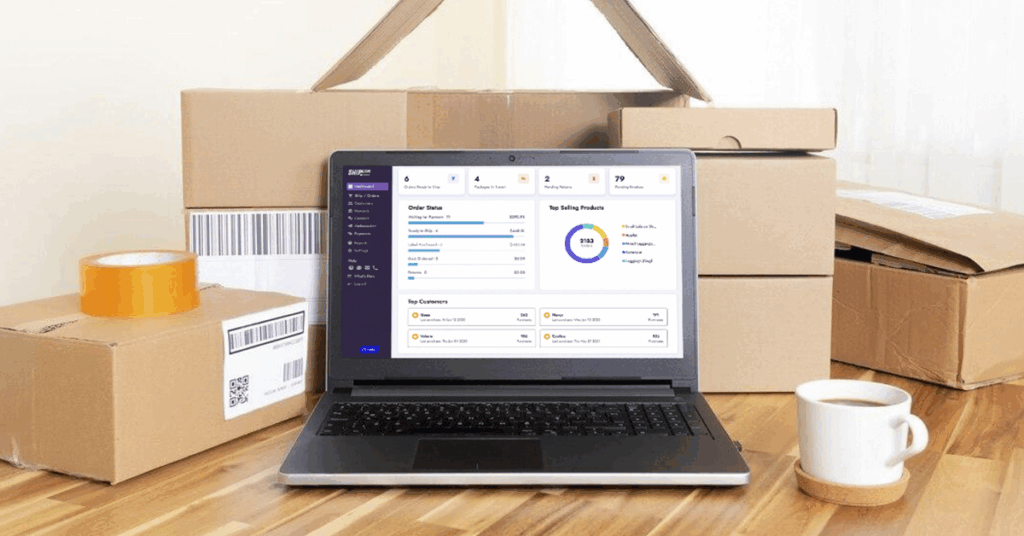
Shipping software can dramatically lower costs by automatically comparing rates across carriers.
3.1 Benefits of Rate Comparison Tools
- Displays real-time pricing from different couriers.
- Suggests the most affordable routes and services.
- Tracks delivery times and reliability for each option.
By using an integrated logistics platform like PostalParcel, ecommerce brands can view all carrier rates in one place and select the best mix of cost and speed.
4. Leverage Local Cumplimiento Centros
Many ecommerce sellers still ship all orders from one central warehouse. While this works domestically, it becomes expensive for international customers.
4.1 Regional Warehouses
Setting up fulfillment centers in target regions—like the EU or Southeast Asia—helps shorten delivery routes and reduce customs fees.
4.2 Partner with 3PL Providers
Third-Party Logistics (3PL) companies already have global networks. Partnering with them allows sellers to store inventory closer to customers without building new infrastructure.
4.3 Reduced Return Costs
Regional fulfillment also cuts return shipping costs, which can be 2–3 times higher for international orders.
5. Take Advantage of Consolidated Shipping
Consolidation means combining multiple small orders into a single shipment before sending them internationally.
5.1 How It Works
- Collect small packages at a central hub.
- Combine them into one large shipment for export.
- Separate and deliver locally upon arrival.
5.2 Benefits
- Lower per-unit shipping costs.
- Simplified customs paperwork.
- Reduced risk of loss during transit.
PostalParcel supports bulk shipping consolidation, making it ideal for ecommerce sellers handling multiple orders daily.

6. Negotiate with Carriers for Better Rates
Carriers often offer volume-based discounts that many small businesses overlook.
6.1 How to Negotiate
- Present your monthly shipment volume and destinations.
- Show consistency in order flow and reliability.
- Compare offers from multiple carriers to get leverage.
6.2 Consider Long-Term Contracts
Committing to a minimum volume over time can secure lower base rates and priority handling.
Even if you ship modest volumes, using a platform like PostalParcel lets you benefit from aggregated carrier discounts through group pricing.
7. Automate Customs and Documentation Processes
Incorrect or incomplete customs paperwork often leads to delays and additional fees.
7.1 Use Automated Customs Forms
Platforms like PostalParcel automatically fill in export details, HS codes, and tax information, ensuring accuracy.
7.2 Prepay Duties and Taxes (DDP)
Choosing Delivered Duty Paid (DDP) avoids surprises for customers at delivery. It also reduces abandoned carts since buyers know the total cost upfront.
7.3 Track Compliance Updates
Customs regulations change frequently. Automation tools keep you updated, preventing penalties from outdated declarations.
8. Optimize Shipping Zones and Routes

Shipping zone optimization is another effective strategy to reduce cross-border ecommerce shipping costs.
8.1 Define Shipping Zones
Segment countries based on proximity, carrier options, and customs difficulty. Offer different entrega times and fees for each zone.
8.2 Use Route Optimization Software
Advanced routing can combine multiple deliveries within similar regions, cutting both time and fuel expenses.
8.3 Monitor Carrier Performance
Regularly evaluate carrier metrics such as delay frequency, lost parcels, and cost per mile to refine your logistics plan.
9. Offer Tiered Shipping Options
Not every customer needs express delivery. Offering flexible options encourages buyers to choose slower but cheaper shipping.
9.1 Tier Examples
- Standard Shipping: 10–15 days, free or low-cost.
- Priority Shipping: 5–7 days, moderate fee.
- Express Shipping: 2–3 days, full-cost premium.
9.2 Benefits
Tiered pricing improves customer choice while balancing cost and satisfaction. PostalParcel helps automate these options directly within checkout systems.
10. Monitor and Analyze Shipping Data Regularly

Reducing cross-border shipping costs is not a one-time task—it requires continuous monitoring.
10.1 Track Key Metrics
Focus on data such as:
- Average shipping cost per order
- Entrega puntual rate
- Percentage of returned packages
- Frecuencia de los retrasos aduaneros
10.2 Identify Cost Trends
Spot patterns like rising fees for specific destinations or carriers. This helps you adjust your logistics partnerships before costs spiral.
10.3 Use Reports for Decision-Making
PostalParcel’s analytics dashboard consolidates all shipment data, allowing businesses to refine routes, packaging, and carrier choices based on real numbers.
11. Partner with a Cross-Border Shipping Platform Like PostalParcel
The fastest way to cut Cross-Border ecommerce shipping costs while improving delivery visibility is through a unified logistics system.
11.1 Centralized Dashboard
PostalParcel connects multiple carriers, fulfillment centers, and marketplaces in one platform. You can view all shipments in real time, compare rates, and manage customs documents effortlessly.
11.2 Smart Automation
From automatic label generation to bulk tracking updates, automation reduces manual work and errors—both of which can lead to expensive mistakes.
11.3 Cost Efficiency
By leveraging PostalParcel’s carrier network, sellers gain access to negotiated international rates that are usually reserved for high-volume enterprises.
11.4 Transparent Tracking for Customers
Reducing “Where Is My Order” (WISMO) inquiries saves customer support time and builds trust—especially in cross-border transactions.
12. Build a Long-Term Shipping Strategy
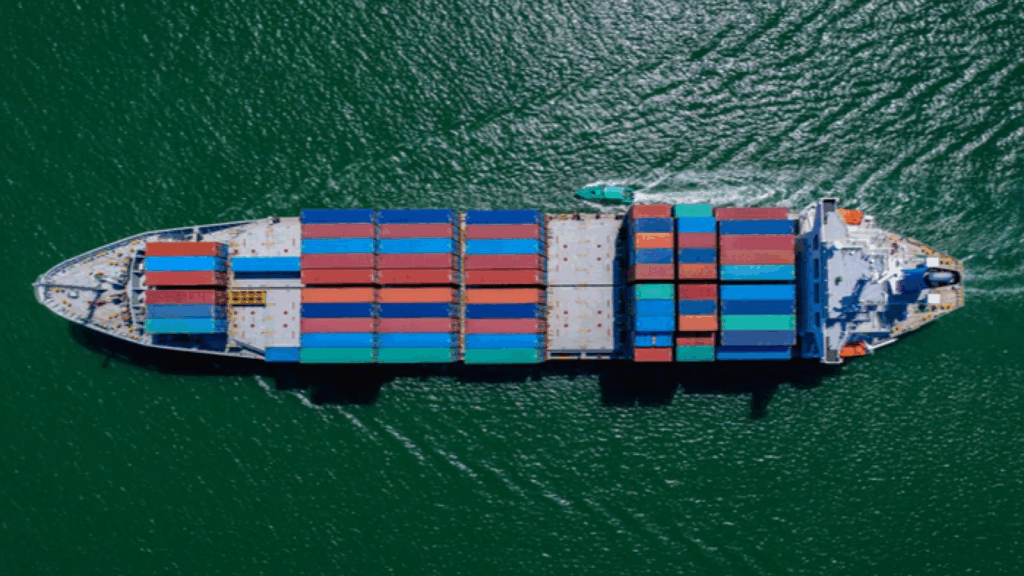
Short-term fixes only go so far. Building a long-term logistics plan ensures ongoing savings and smoother operations.
12.1 Diversify Carriers
Avoid relying on a single courier. Different carriers excel in different regions—mixing them creates flexibility and cost balance.
12.2 Reassess Annually
Shipping prices and regulations change every year. Review your shipping strategy regularly to identify new savings opportunities.
12.3 Integrate with Your E-commerce Platform
Ensure your ecommerce system—Shopify, WooCommerce, or Magento—is fully integrated with PostalParcel to automate rate selection, tracking, and customs management.
Conclusión
Reducing cross-border ecommerce shipping costs doesn’t mean compromising quality or reliability. By optimizing packaging, comparing carrier rates, automating customs, and using platforms like PostalParcel, businesses can achieve lower expenses and faster deliveries at the same time. The key is to combine technology with smart logistics decisions—turning cross-border shipping from a costly challenge into a growth advantage for global sellers.
Perspectivas del sector
noticias vía inbox
Nulla turp dis cursus. Integer liberos euismod pretium faucibua


